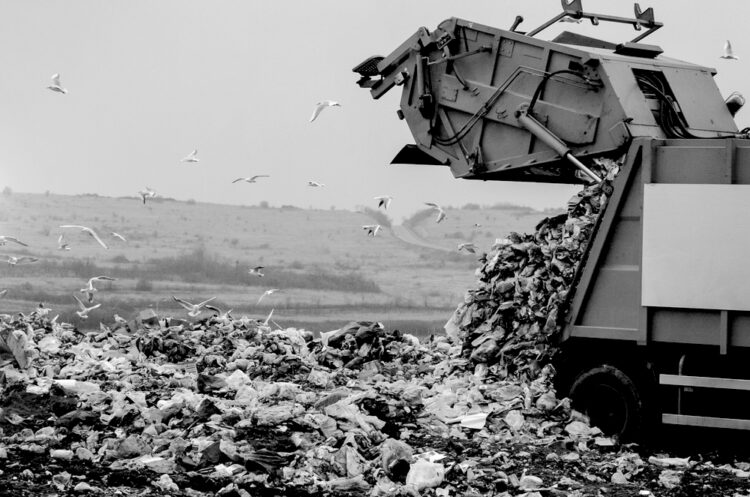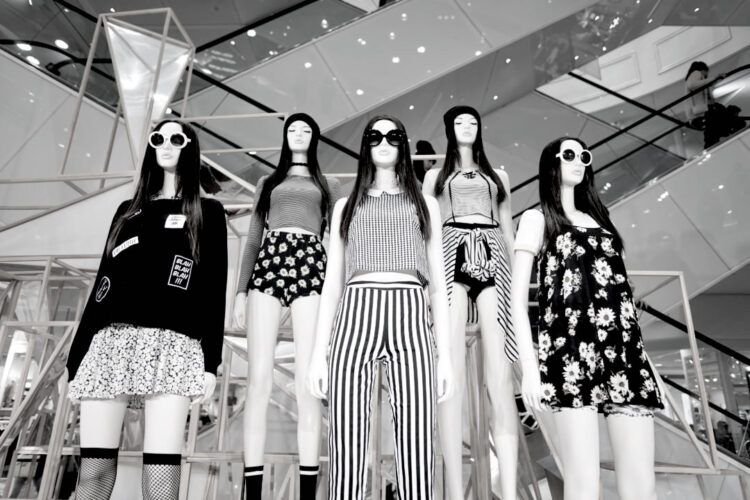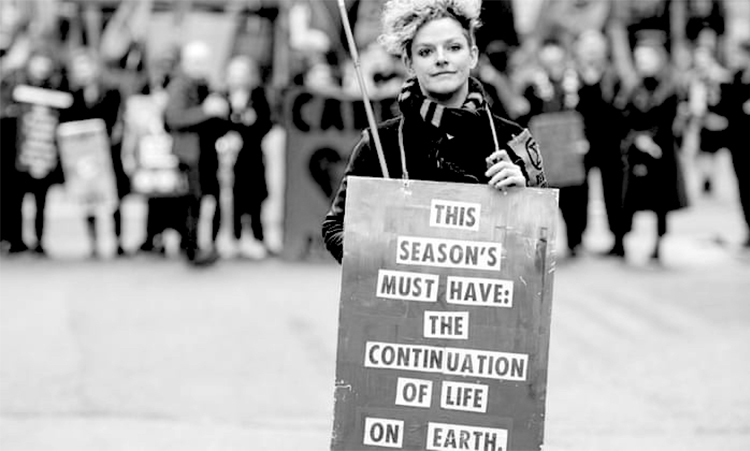Fashion changes every season, but is it sustainable to keep up with the trends?
Overconsumption is becoming a problem in fashion, as many fans are buying more than ever to make sure their wardrobes are stocked with the newest styles. This trend is exacerbated by the numerous fast fashion brands offering clothes at low costs. Clothes shopping has never been so available, but is this a good thing?
Reviewing your shopping habits can be uncomfortable. I know this because I used to always shop at fast fashion stores! From Zara and H&M to Shein, I embraced these stores for their cheap prices and range for mid-sized bodies. Thrift shops are great but it’s always been difficult to find clothes for my size. My shopping habits had to change though!
I’ve researched the problems with overconsumption and what you can do to minimize your environmental impact through fashion. Read on to find out more.

What Is Overconsumption?
Improvements in technology are widely regarded as a great thing, however, when does it become too much?
With globalization, internet access, and travel, you can order clothes online today and have them sent straight to your front door tomorrow. Decades ago this would have sounded too good to be true, but today it’s a reality.
In the past, fashion trend cycles were limited to the yearly seasons. However, as production has begun to speed up, these seasonal trend cycles have shrunk. This means that brands and fashion houses are now able to produce clothes weekly, giving us more clothes to buy and forcing clothes out of fashion sooner.
Since certain styles become “unfashionable” quickly, these clothes are now discarded to landfills, or thrift stores if they’re lucky, much sooner than they should be. Clothes should be worn for years, however, their lifespan at the moment is mere weeks as a cheaper model will come along in no time.
Instead of buying clothes that last for years and shopping seasonally, we can buy new clothes weekly. This speeding up of the fashion cycle is causing overconsumption, leaving our wardrobes bursting with fast fashion garments and landfills stacking up even higher.
The Problem With Fast Fashion
“New clothes at low prices. Buy now and pay later. 50% off with this code.”
Fast fashion companies know how to market to stylish customers. These shops have quickly replaced brick-and-mortar stores as consumers head online to find cheaper deals without leaving their houses.
Though it may seem that these companies make our lives easier, they come with a new set of problems. From garment worker exploitation to increases in carbon emissions, fast fashion is an unsustainable business model. Unless we can curb our shopping habits, the system will keep harming the environment and workers will never be paid a livable wage.
Why Should You Shop With Sustainable Brands?
Switching to sustainable brands lessens the impact your spending has on the environment and offers the workers who make your clothes a livable wage. The common traits of a sustainable brand include transparent marketing, clothing made in a “slow-fashion” model, natural fabrics, recycled fabrics, and minimal dye processes.
When you start researching fast fashion and sustainable alternatives, it may seem like you need to completely change your style – but that’s not true! You can simply adjust to buying good-quality clothes from sustainable retailers and wear them for longer, rather than buying cheaper clothes and throwing them away quickly.
Sustainable brands usually sell clothes that are better made, allowing them to last longer. The fabrics used are also higher quality and will be able to withstand more wear. Some will even feature recycled fabrics like polyester PET that gives old clothes a new life. The goal is to stop clothes from moving to landfills so quickly. Buy items that you love so you’ll wear them for longer.
Is It A Privilege To Shop Sustainably?
When we talk about ditching fast fashion for sustainable brands, it’s important to note that shopping from these high-quality slow-fashion stores is a privilege.
Stores that offer better clothing alternatives are more expensive. Part of the reason fast-fashion has become so popular is the extremely low prices. This enables customers with lower incomes a chance to buy new trends and express their styles. These eco-friendly brands are simply out of some shopper’s budgets, so even if they wanted to buy one or two garments it wouldn’t be economically viable to do so.
This often creates the question “Is sustainable fashion only available to the upper and middle classes?”. If so, should working class consumers be blamed for funding the fast-fashion industry when there isn’t a lower-priced alternative? These questions highlight the conundrum that surrounds sustainable fashion.
Though these high-price sustainable clothes may not be available to all shoppers, many suggest that everyone should do their part and cut back on what they buy anyway. This will mean different amounts for different people. Sustainability activists often blame shoppers who do monthly “hauls” as a leading cause of pressure for younger consumers to want more clothes.

What About Thrifting And Secondhand Stores?
Thrift shopping and second-hand selling platforms are a great way to get a style fix without buying new. Since consumers are buying and discarding fast fashion items so frequently, many thrift stores and online marketplaces are constantly full of the newest trends that have only been worn once or twice.
This is a great way to buy and sell clothes without buying any new pieces or throwing any away. Online platforms like eBay, Depop, and Vinted allow users to list items anywhere and anytime. Alternatively, thrift stores, charity shops, and vintage stores are always looking for donations, so these are also good places to recycle clothes.
Sustainable Brands We Recommend
If you’re interested in embracing sustainable retailers, I’ve got your back! Here are some hand-picked eco-friendly brands to explore.
1. The Iconic
The Iconic is an online shopping platform that’s already gained popularity in Australia. The platform’s “considered” edit was established in 2019 and includes sustainable materials or more sustainable manufacturing processes.
2. Luna and Sun
The fashion label Luna and Sun strives to be as close to 100% eco-friendly as possible. While being sustainable is nearly impossible for a fashion brand, Luna and Sun come very close. This range is also cruelty-free and vegan – perfect for any animal lovers too!
3. Elk
Established in Melbourne, Elk is a fashion brand that focuses on sustainable practice. The team won the Australian Fashion Laureate Award for sustainable Fashion Innovation back in 2019 and they keep raising the bar every year.
4. Outland Denim
This store is a very popular and reputable Australian brand that offers denim styles but has been really popular because of the good they’re doing for women who’s been exposed to sex trafficking in Asia. They’ve already employed over 100 people who’ve been a victim. They use a big size of eco-friendly materials including Global Organic Textile Standard (GOTS) cotton.
5. HoMie
If you’re a fan of streetwear clothing, this brand is for you. All of their profit goes to homeless people or those who are currently experiencing hardship. They use eco-friendly material that reduces their climate impact in production.
The Takeaway
Switching how you shop can be hard, but being mindful of what you wear, buy, and throw out can help you begin your sustainable journey. What do you think of sustainable fashion? Are you embracing slow fashion and shopping less? Let me know your opinion!



